If you’ve ever tried to enjoy the Balearic Islands in July, you probably remember endless crowds, packed beaches, and the kind of heat that just won’t quit.
Honestly, the best time to visit the Balearics is during the shoulder seasons—spring and early autumn. The weather stays warm, but the crowds have mostly disappeared.
I’ve wandered peaceful streets in late September, swimming in crystal-clear water with plenty of space to stretch out on the sand.
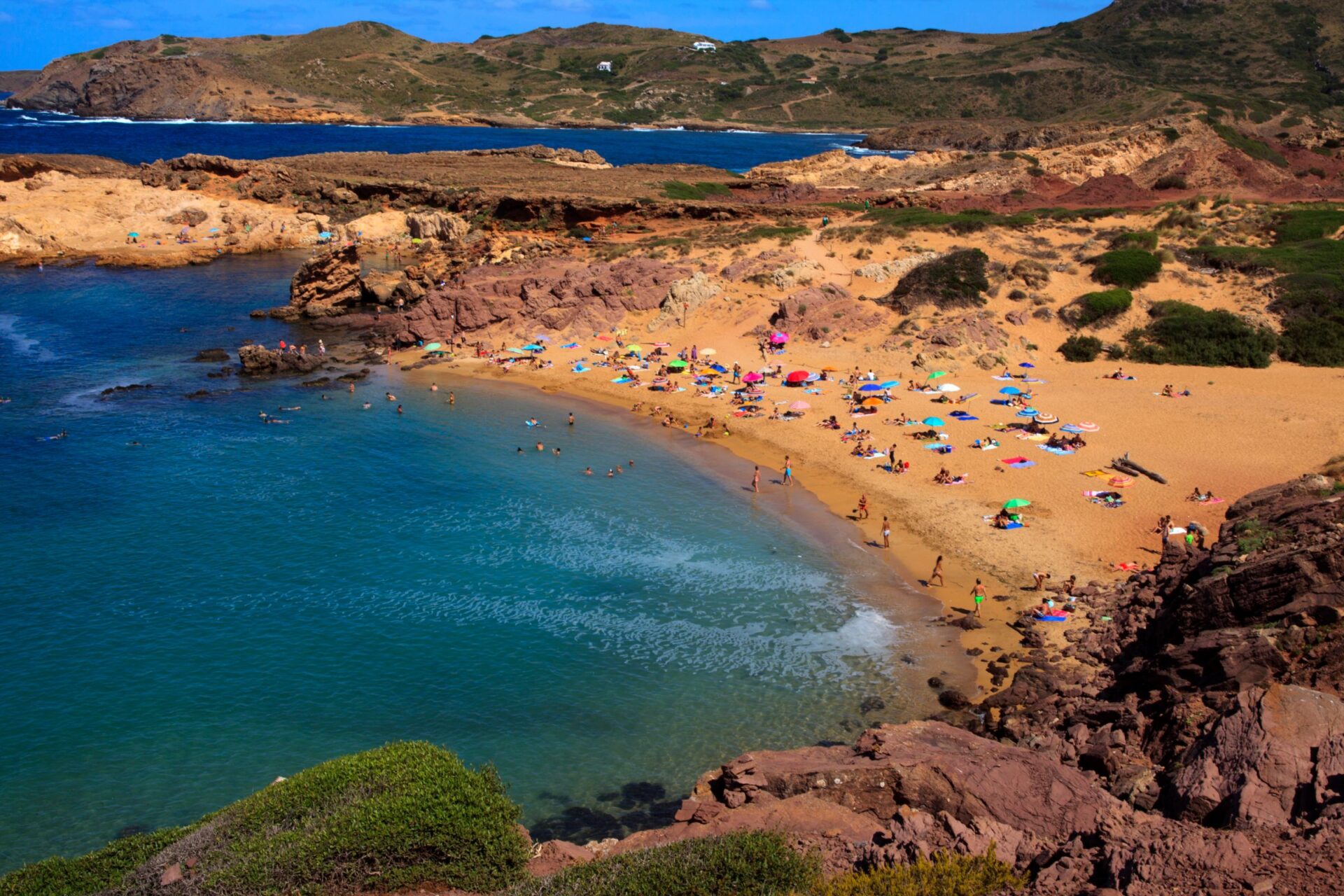
Traveling outside the busy summer months is absolutely my favorite way to see Mallorca, Menorca, and Ibiza.
Flowers bloom everywhere, local restaurants slow down, and you get a real taste of island life.
Skipping the peak season just brings out the best of the Balearics.
You can find secret coves and charming villages without rushing or elbowing through tourists.
If you want quiet beaches, pleasant weather, and a trip to remember, try planning your escape for April to early June or September to October.
The islands just seem to shine once the summer crowds leave.
Why the Balearic Islands Shine During Shoulder Season
Spring and fall bring mild temperatures, fewer crowds, and deeper local connections.
I’ve noticed that these months reveal a side of Mallorca, Menorca, and Ibiza that summer simply hides.
Escaping Peak Season Crowds
In July and August, the Balearics get packed. Beaches, old streets, and markets overflow with travelers from across Europe.
But in shoulder season—think April, May, October, and November—there’s finally space to breathe.
I remember wandering through Palma’s old town in early May.
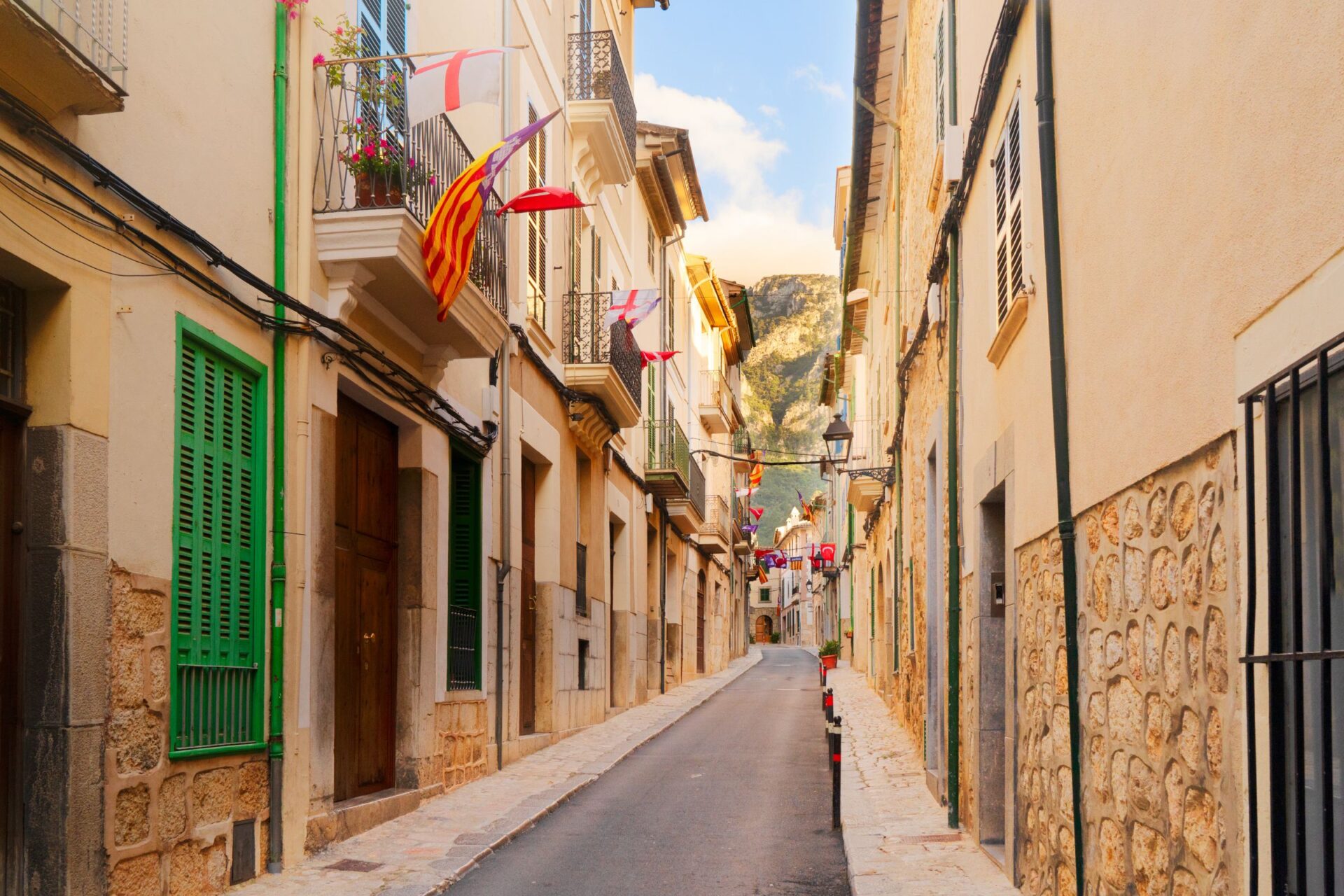
Instead of tour groups, I met local shopkeepers who actually had time to chat.
Restaurants felt unrushed. No one hurried me out.
Lifeguards watched over nearly empty, turquoise coves.
Even the ferries had extra seats. No long lines anywhere.
The slower pace made it easy to find hidden calas and tiny villages.
I could grab a table at a waterfront café in Ciutadella or Sant Antoni without waiting.
Fewer people means less stress and way more chances for last-minute adventures.
The Unique Rhythm of Off-Peak Life
With the crowds gone, the Balearic Islands slow down.
I started noticing more local life—kids walking to school speaking Spanish or Catalan, elders playing dominoes in the square, bakeries with fresh ensaïmadas just for the neighborhood.
Shops and markets run at a genuine pace.
Farmers’ stalls open with seasonal produce like oranges and almonds.
I loved watching fishermen mend their nets on the dock, undistracted by tourists.
Hotel and villa owners seemed more open, ready to share their best island tips.
It’s easier to blend in and feel like you belong.

The weather stays reliably pleasant, with highs from 18–25°C (about 65–77°F).
That’s perfect for cycling, hiking, or just soaking up the slower Spanish way of life.
Cultural Immersion Experiences
Shoulder season invites you into local traditions.
Autumn brings village festivals—wines in Binissalem, olives in Sóller, artisan fairs in Mahón.
I joined cooking classes and learned to make sobrasada sausage and rustic pa amb oli.
Museums and cultural centers open their doors without queues.
I’ve enjoyed spontaneous chats in cafes, sometimes switching between Spanish and Catalan with locals who want to share their stories.
Smaller crowds make it easy to join town events, live music nights, and street fairs.
There’s time to visit art galleries, Roman ruins, and ancient monasteries at your own pace.
Traveling outside the peak months always makes authentic Balearic culture feel more accessible and personal.
When Is the Real Best Time to Visit the Balearics?
Planning a trip to the Balearic Islands comes down to timing.
You want good weather, lighter crowds, and those special local experiences that show you the real character of Ibiza, Mallorca, and beyond.
Understanding Shoulder Season Months
When I first visited the Balearics, I went for late spring—right around May and early June.
This “shoulder season” sits just before the summer rush.
Hotels cost less, flights are easier to find, and the main streets in places like San Antonio or Ibiza Town feel local and lively, not packed.

May and October are golden months, too.
The beaches are still warm enough for swimming, but I never had to fight for space on the sand.
Restaurants and bars welcome visitors but still have plenty of tables.
Locals seem relaxed and more willing to chat and share tips during these quieter weeks.
For me, avoiding July and August meant I got to enjoy the rhythm of local life.
I watched kids heading to school, browsed markets full of fresh produce, and caught sunsets with a mix of islanders and travelers.
Weather and Climate Essentials
The weather during shoulder season shaped every adventure I had.
In May and June, days are bright and sunny with average highs between 22°C and 27°C (72°F to 80°F).
The sea starts to warm up, perfect for a morning swim in Mallorca or paddleboarding near Ibiza’s coves.
Rain is rare in these months, though I always pack a light jacket just in case.
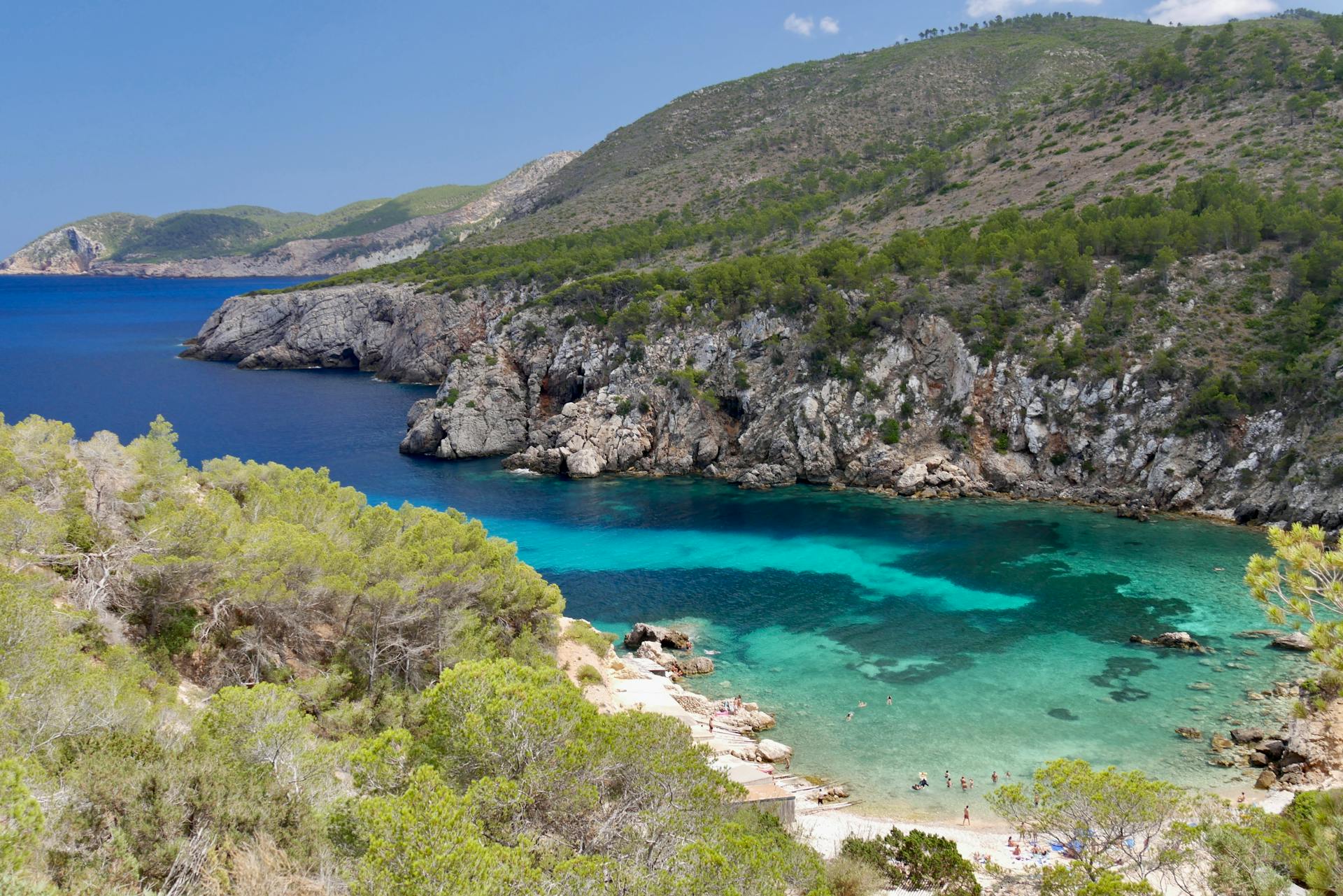
By late September and October, temperatures gently fall to 19°C or 23°C (66°F to 74°F).
The water stays swimmable longer than most Mediterranean spots.
Here’s a quick weather snapshot:
| Month | Avg High (°C) | Avg Low (°C) | Rainfall (mm) |
|---|---|---|---|
| May | 22 | 13 | 27 |
| June | 27 | 17 | 12 |
| September | 28 | 19 | 44 |
| October | 23 | 15 | 65 |
I think these mild temperatures are perfect for hiking in the Tramuntana mountains or exploring local markets.
Seasonal Events and Local Festivities
Outside the high summer, the Balearics host unique festivals and happenings.
In early May, Ibiza throws its Medieval Fair, transforming Dalt Vila into a maze of stalls and parades.
I wandered old streets filled with music, costumes, and street food—locals outnumbered visitors, which felt refreshing.
Spring and autumn bring smaller music festivals and local food fairs.
In San Antonio, I joined a beach bonfire in late September for Sant Miquel, a traditional event with dancing and fireworks.
Exploring during these months means stumbling upon village fiestas or local art shows, especially in rural Mallorca and coastal Ibiza.
These community-led gatherings have become some of my best travel memories.
They offer a glimpse into real island life that’s easy to miss when the crowds show up.
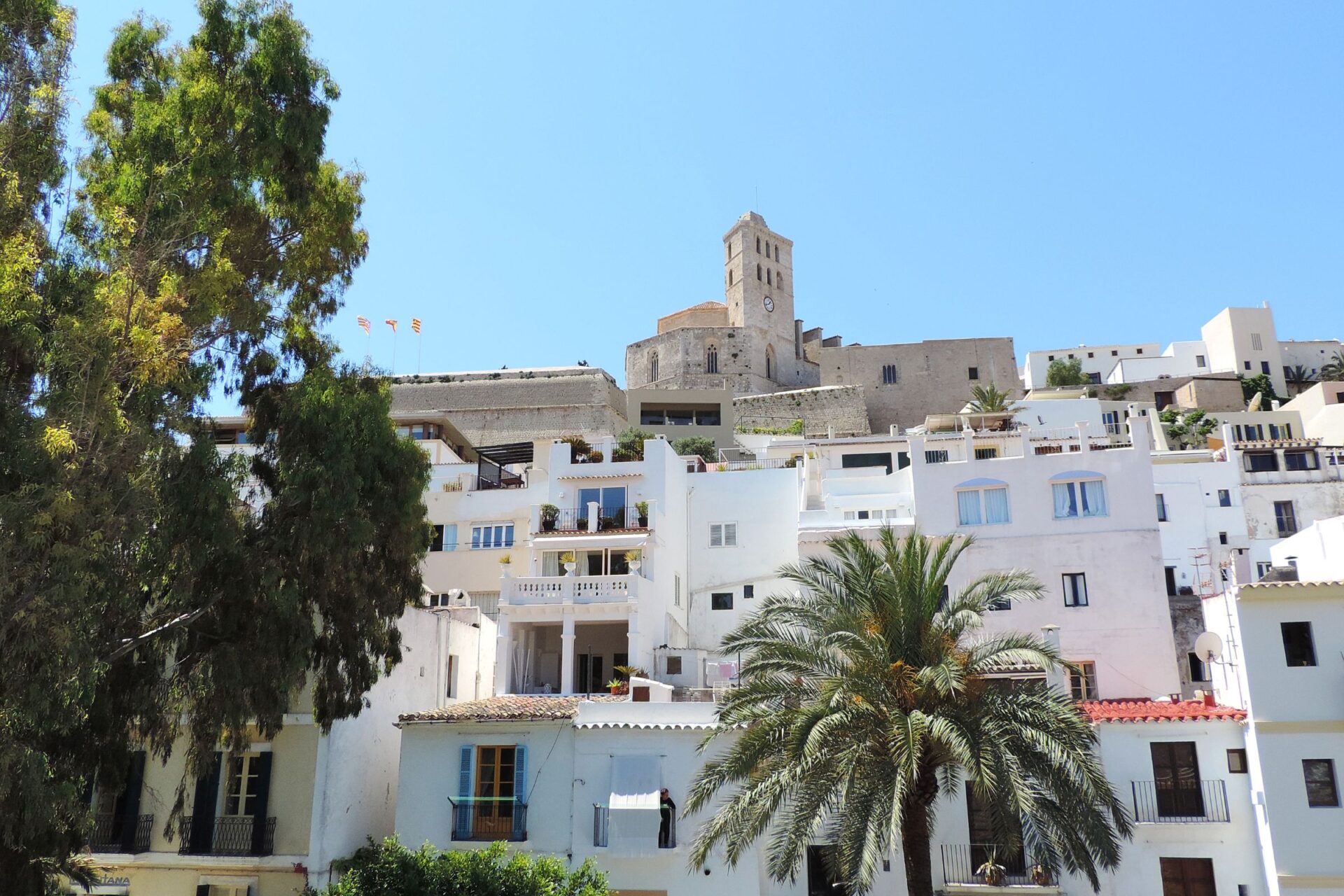
My Favorite Hidden Gems: Islands and Towns to Explore
Each island in the Balearics has its own hidden corners far from the tourist trail.
From quiet villages and beautiful beaches to connections with historic cities, there’s way more to see than what’s in the guidebooks.
Discovering Ibiza Beyond the Parties
Ibiza is famous for wild clubs and summer crowds, but I found its real charm far from the dance floors.
The north side of the island feels calm, covered in pine forests and rolling hills.
Santa Gertrudis stands out as one of my favorite small towns—a peaceful spot where locals gather for coffee and fresh pastries under old stone arches.
For quiet beaches, Cala d’en Serra is a tiny cove with clear blue water and almost no one around.
Hiking the trails near San Juan leads to local farms selling homemade cheese and honey.
Watching the sunset at Benirràs Beach, where locals drum as the sun goes down, feels like a world away from the party scene.
Travel Tip: Renting a car gives you freedom to find these secluded spots.
Parking is easier in spring and fall, and the air is cooler for exploring.
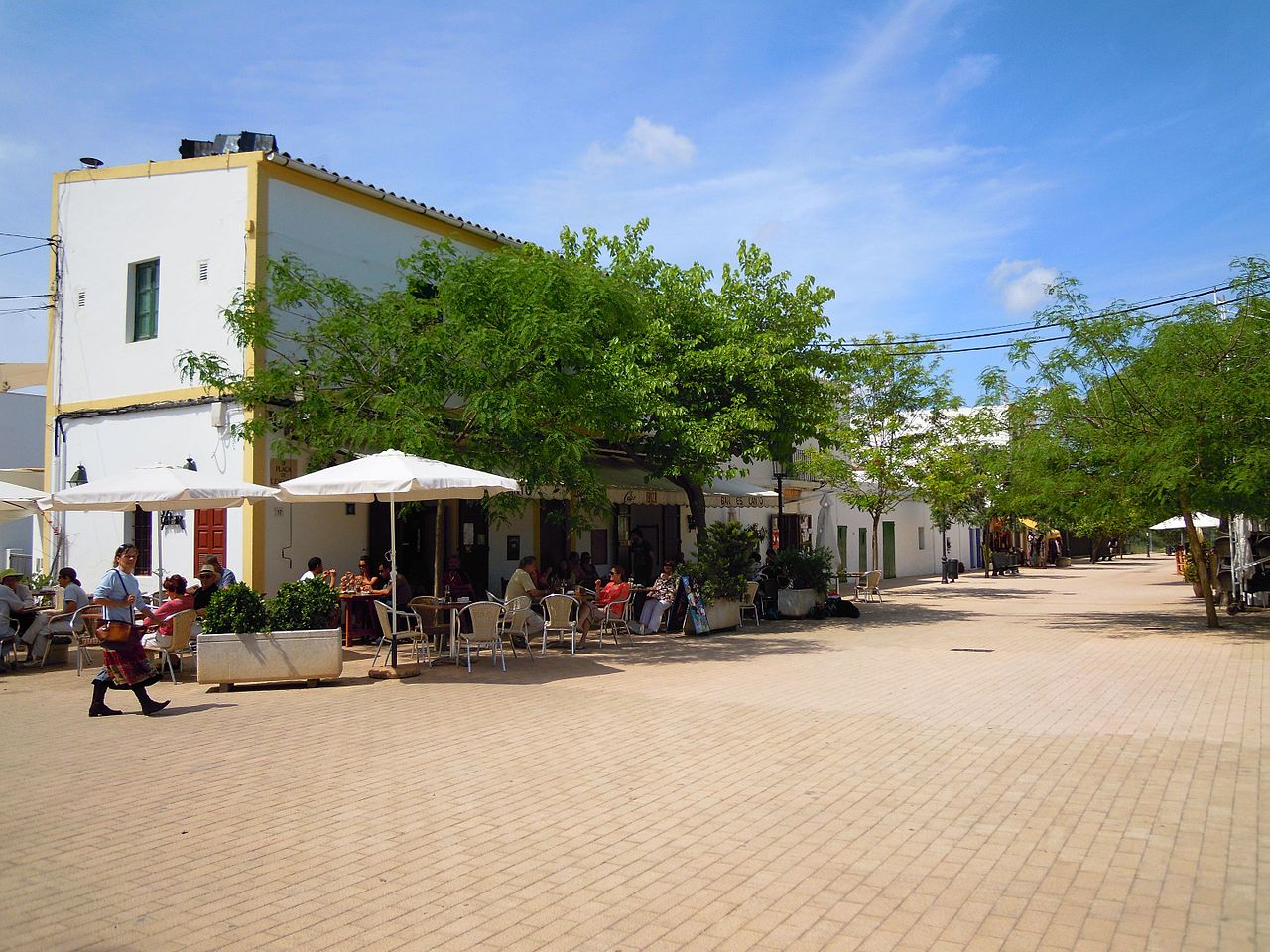
Image Source: Wikimedia Commons
Authentic Charms of San Antonio
San Antonio often gets skipped by travelers chasing the big clubs.
I used to think the same until I started wandering its old town at sunrise.
The harbor looks beautiful when it’s quiet, and breakfast at a waterfront bakery is honestly the best way to start the day.
I found some lesser-known coves along the coast, like Cala Gració.
At golden hour, the crowds thin out, leaving just locals and a handful of swimmers.
The promenade gets lively in the evenings with street vendors, but it never feels overwhelming outside of peak summer.
Here’s my go-to list for San Antonio:
- Passeig de ses Fonts: Perfect for people-watching.
- Cap Blanc Aquarium: It’s actually in a sea cave—pretty cool.
- Cala Salada: My favorite for turquoise swimming.
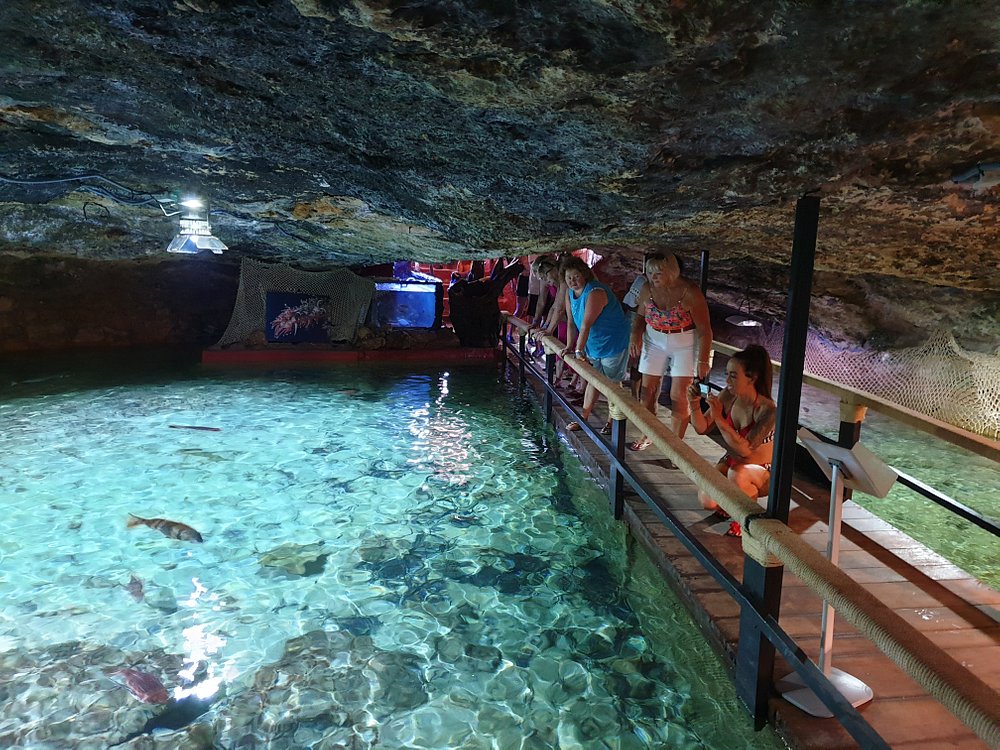
Image Source: Tripadvisor
Barcelona Connections and City Escapes
When I fly into or out of the Balearics, Barcelona is my main stopover.
It’s not on the islands, but it’s so connected by ferry and air that it almost feels like part of my Balearic journeys.
I always try to spend at least a day wandering the Gothic Quarter and sampling tapas near La Rambla.
From Barcelona, you can reach the islands in just a few hours by fast ferry.
If you like the sea, the ride is scenic and relaxing.
The city itself hides plenty of escapes from the tourist crowds, like the quiet gardens of Montjuïc or the less-visited Bunkers del Carmel with sweeping views.
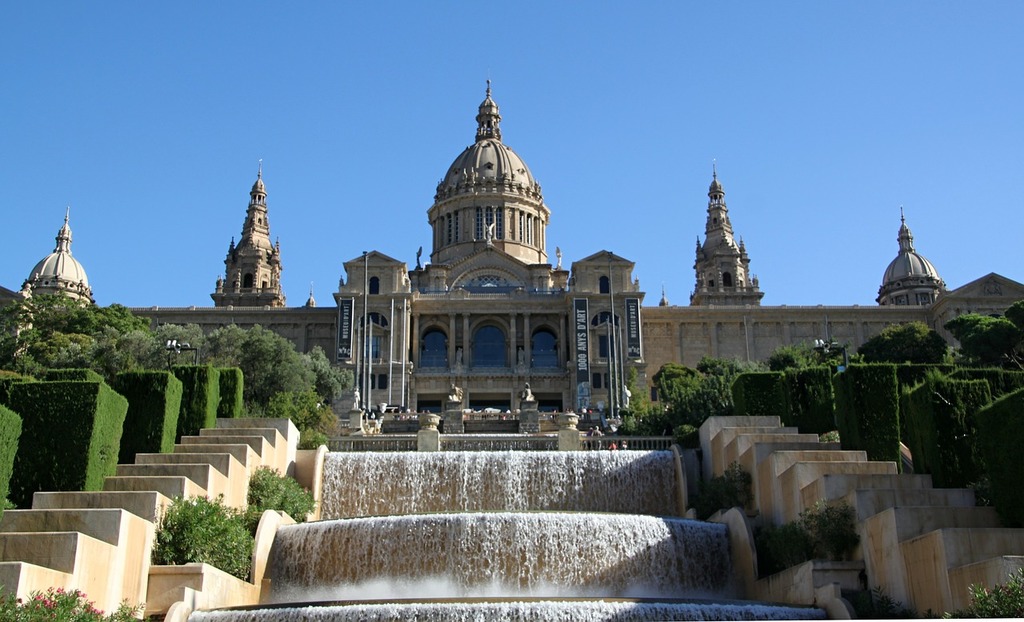
Quick connections:
| Island Destination | How to Get There from Barcelona | Average Travel Time |
|---|---|---|
| Mallorca | Ferry or short flight | 30 mins (air), 6-8 hrs (ferry) |
| Ibiza | Direct flight | 50 mins |
| Menorca | Ferry or direct flight | 40 mins (air) |
Barcelona’s lively yet laid-back vibe makes a perfect balance to the slower pace of the islands.
I always leave with new ideas for places to check out next.
Smart Stays and Comfort Perks During Shoulder Season
I love the shoulder season in the Balearics for more than just the deals.
Slower tourism brings perks like quiet pools, better comfort, and easy access.
Breezy Balearic Pools and Lounges
Pool scenes in July feel like musical chairs—everyone scrambling for a sunbed.
But in May or late September, everything relaxes.
I’ve had whole stretches of the pool to myself for morning swims.
The water stays warm enough, and loungers are almost always free.
Fewer guests mean staff can keep things extra tidy—no overflowing towels or abandoned drinks.
The poolside cafés aren’t rushed, so it’s easy to grab a snack or coffee and hang out.
Lounges, both by the pool and indoors, become peaceful spots to read or plan your next adventure.
Tip: Ask the hotel about heated pool options; some places start cooling down in mid-fall, but resorts try to keep things comfortable for off-season guests.
Finding Air Conditioning and Comfort
Mild weather is a top perk of traveling outside the peak months.
I hardly ever need to blast the AC like in July or August.
Most shoulder season days are just pleasant—the kind of warmth that makes you want to open your balcony door instead of hiding from the heat.
I always check that my hotel room has adjustable air conditioning.
Nights can get cooler, and some places switch their systems from “summer” to “winter” mode in October.
If you have specific comfort needs (like allergies or asthma), it helps to ask ahead about filters or fans.
Checklist for comfort:
- Make sure the air conditioning works for both cooling and heating.
- Bring a lightweight blanket for changing temperatures.
- Pick hotels with good insulation—especially in the older parts of Palma or Mahón, where charming stone buildings can get chilly after sundown.
Securing Parking and Easy Access
Parking stress just melts away during shoulder season.
In July, I can spend ages circling for a spot in places like Port de Sóller or Ibiza Town.
By autumn, there’s suddenly space right next to beaches and old towns.
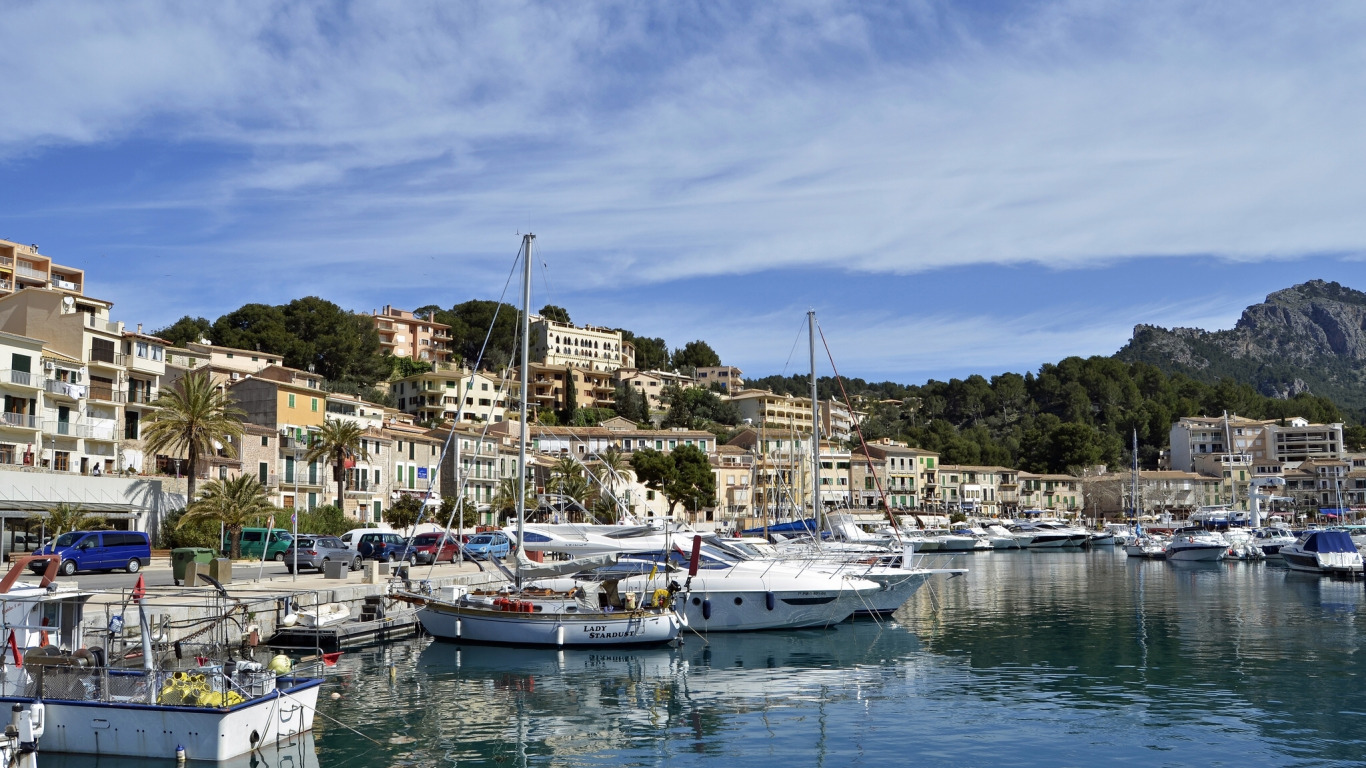
Rental car rates often drop by 20–30%.
Many small hotels even offer free parking as a draw for off-peak guests.
I love being able to leave my car within a minute’s walk of my room—no luggage drag or bus shuttles.
Quick access perks:
- More available parking in tourist areas and local neighborhoods
- Less traffic on narrow roads along the coast and in mountain towns
- Easy loading and unloading for day trips or market shopping
Shoulder season means less hassle from start to finish.
For me, that’s a comfort that lasts the whole trip.
Language and Culture: Making the Most of Your Balearic Getaway
Visiting the Balearic Islands in the shoulder season lets me experience more of the real local life, far from the busy crowds.
The mix of languages and cultures makes every conversation and encounter more interesting and warm.
Navigating English, Spanish, and Catalan
Whenever I visit Mallorca, Menorca, Ibiza, or Formentera, I keep hearing three main languages: Spanish, Catalan, and English.
Spanish (or Castellano) is everywhere, but Catalan is the islands’ own official language, and honestly, it changes names depending on where you are. In Mallorca, for instance, locals just call it Mallorquín.
Menus, street signs, and even bus schedules usually use both Catalan and Spanish. I like to greet people in Spanish or try out a Catalan “Bon dia” (good morning), and they almost always give me a warm smile in return.
Most hotel and restaurant staff speak English, especially if you’re anywhere touristy. So even if your Spanish isn’t great, you’ll probably get by just fine.
Tip: I’ve noticed that learning a few basic greetings in both Spanish and Catalan really helps me connect with people. It’s a tiny effort, but locals seem to love it.
Multilingual Friendliness: French and German Travellers
Besides English and the local languages, I keep running into French and German travellers all over the Balearics, especially when spring or autumn rolls around.
Lots of restaurants, hotels, and beach clubs actually hand out menus in German and French, which is a nice touch. Some of the staff will even chat with you in those languages, and they do it well.
On Mallorca’s north coast, I’ve noticed German speakers everywhere. You’ll even spot German supermarkets and bakeries—kind of wild, honestly.
When I travel with friends from France or Germany, everything just seems easy for them. Their language pops up everywhere, and it gives the place this warm, familiar feeling.
I love that about the Balearics. The mix of languages makes the islands feel truly international, but somehow it never tips into being too touristy, especially during the quieter months.
All that diversity adds to the laid-back vibe. It keeps me wanting to hang around a little longer, just soaking up the atmosphere over another meal or a lingering conversation.

